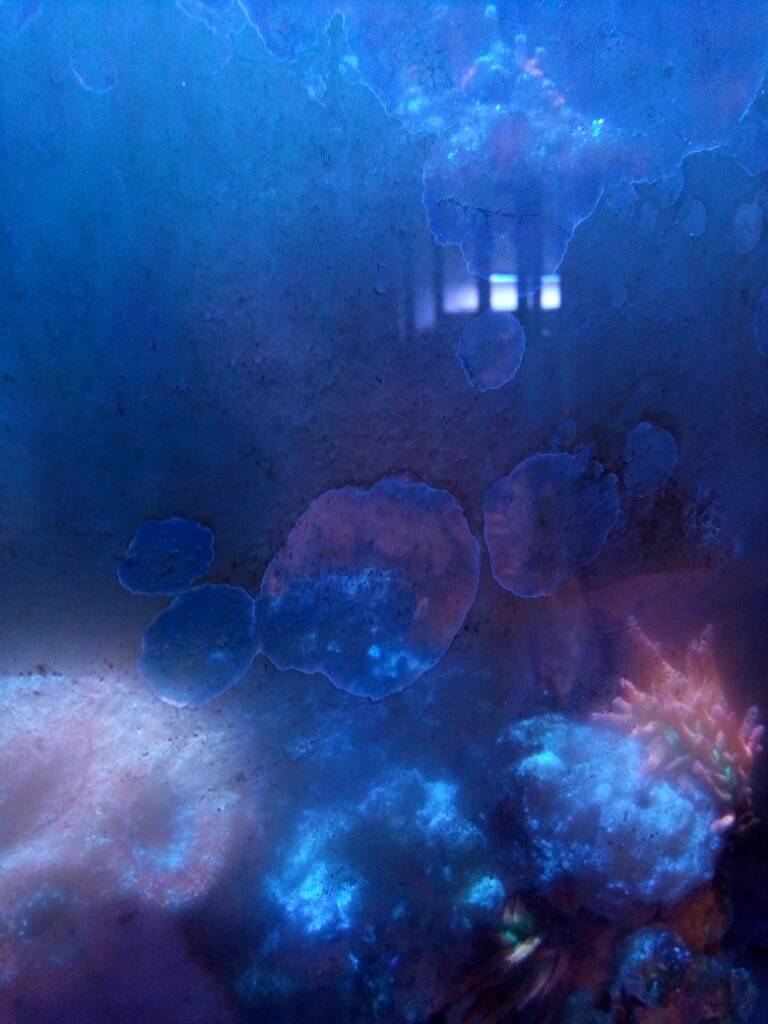- Joined
- Aug 12, 2016
- Messages
- 1,318
- Reaction score
- 939
I had one but never used it so sold it in. Should of kept it....I've been looking at the coral life turbo twist. Kind of a neat concept of having the water flow around the bulb 3-12 times over depending on the size. Also people have been having luck with jebao's.



















